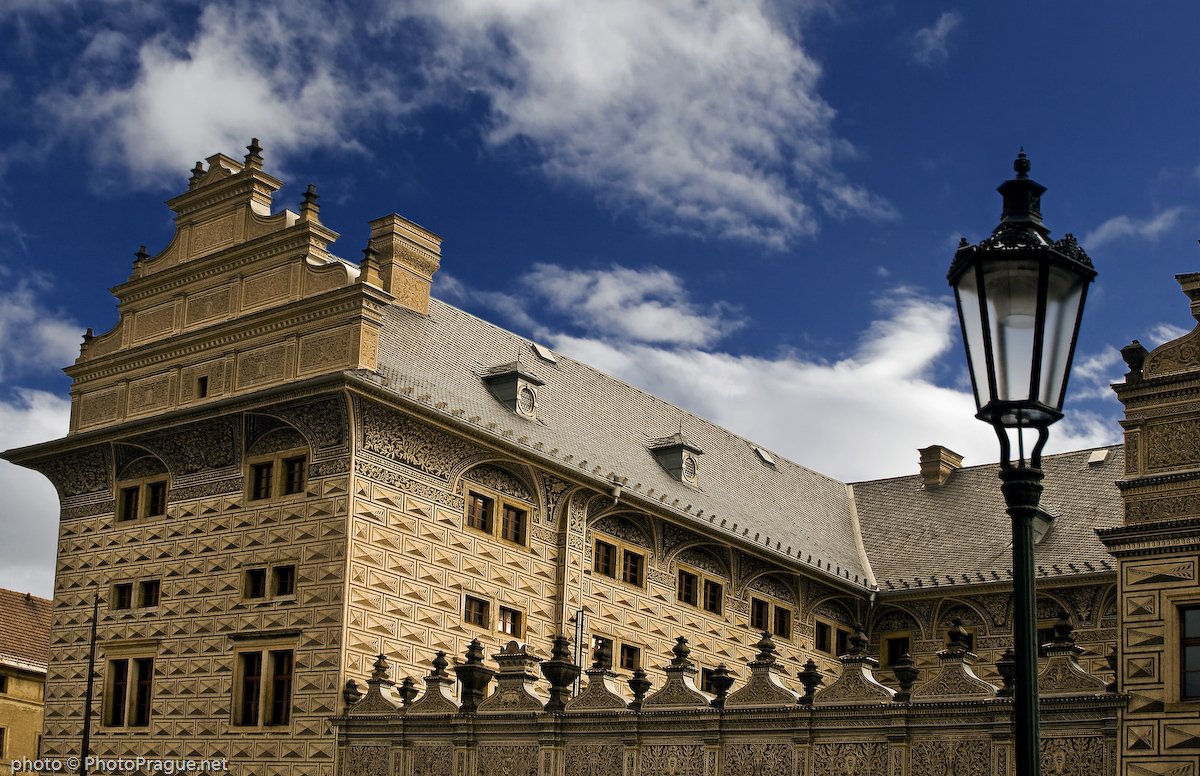Schwarzenberg Palace
Prague, the Baroque city, is famous for its sumptuous palaces, richly ornamented churches and the sculptures that adorn the Charles Bridge. Less well known, however, is the city's unsuspected wealth of Baroque sculptures and paintings, including many masterpieces little known to the French-speaking public.
Since the end of March 2008, this collection from the Galerie Nationale has been on display in the Palais Schwarzenberg, where it has found a fitting setting. Completely renovated, the Renaissance palace on Hradčanské Square (in front of Prague Castle), decorated with "diamond-point" sgraffiti, is worth a visit in itself: its spacious rooms are bathed in light under carved wooden ceilings or beautiful frescoed vaults. Its windows reveal unique panoramic views of Petřín Park, the ochre roofs of Malá Strana or Castle Square.
It's now a must-see during your stay, where you can admire the painted and sculpted works of one of Bohemia's most brilliant periods of artistic creation.
Start at the top, with Mannerist works by Hans van Aachen, Bartholomeus Spranger and sculptor Adrien de Vries on the second floor, reminiscent of another golden age, that of the refined court of Emperor Rudolf II at the turn of the 16th and 17th centuries.
On the second floor, we discover the leading painters of Bohemian Baroque, often little known to the French public: the first generation with Karel Škréta's sober, monumental realism and Michael Leopold Willmann's dramatic, emotionally-charged style; then the blossoming of Baroque dominated by the strong personality of Petr Brandl, whose sculptural figures of visionary old men with heightened emotions leave no one unmoved. Works by portraitist Jan Kupecký and Václav Vavřinec Reiner also illustrate this period of triumphant Baroque.
In sculpture, the first floor offers a fascinating confrontation of the works of two radically different personalities, Mathias Bernhard Braun and Ferdinand Maximilian Brokoff: the torsion of bodies, mystical exaltation and sense of the spectacular of the former meet the sobriety, realism and power of the modelling of the latter.
A superb (re)discovery...




